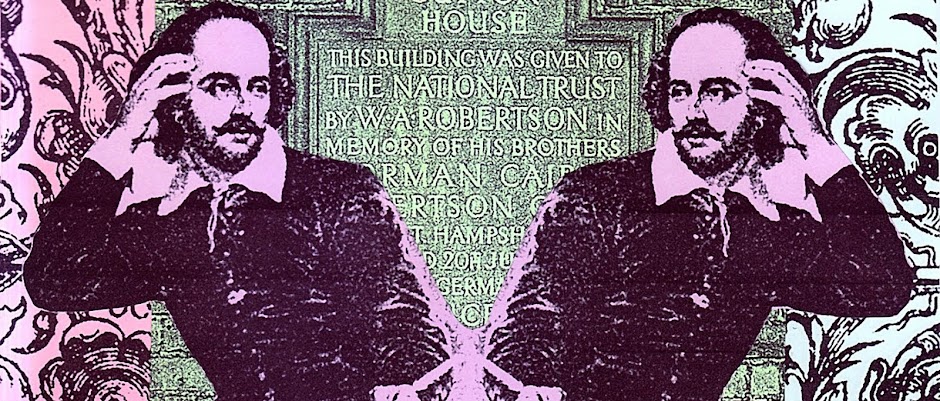 |
| Persimmon 2011 (http://www.andreameislin.com/artists/tal-shochat/) |
Today I went to South Kensington to head to the Wildlife Photography exhibition at the Natural History Museum, but the queue was snaking around the building, so I headed to the V&A. It was a happy second choice as I saw the brilliant Light from the Middle East exhibition. It features 90 photographic works from and about the Middle East. It was divided into three sections; recording, reframing and resisting and explored how the medium of photography can be used to distort, deceive and subvert. This was of particular interest to me, as I'm currently writing about LGBT oral histories, and much of the earlier criticism of oral histories was about its unreliability as a social-historical source. While I accept a lot of the criticisms about oral histories (romanticised, mis-remembered, exaggerated etc.). I also think these are some of the strengths of oral histories, as the unconscious fantasy and memory have a great deal of value when researching social history. So, it was great to see an exhibition acknowledging that photography too can be an unreliable source and can be manipulated to tell the story the photographer wants to tell, much like oral history narrators can define their own pasts by omitting, emphasising and outright inventing.
For me, the works that best (and most simply) demonstrated this, were perhaps the most understated. A trio of beautiful photographs (Persimmon, Grapefruit and Pomegranate) by Tal Shochat of Israel were arresting, minimal and lovely to look at. These were not simply photographs of trees though, Shochat had laboriously tracked down - in her view- the most perfect example of each that she could find, she waited until the trees bore fruit and were at the peak of their maturity. She then dusted the branches, leaves and fruits and isolated the trees in front of a black cloth backdrop and artificially lit them. These trees would never exist like this in nature without human intervention. Shochat makes the familiar unfamiliar and creates unreal renditions of natural things. There are loads of examples of photography that acknowledges the potential of the art form for dishonesty and artificiality, many of which you can see here. It's definitely worth a visit (not to mention FREE) and runs until April.

